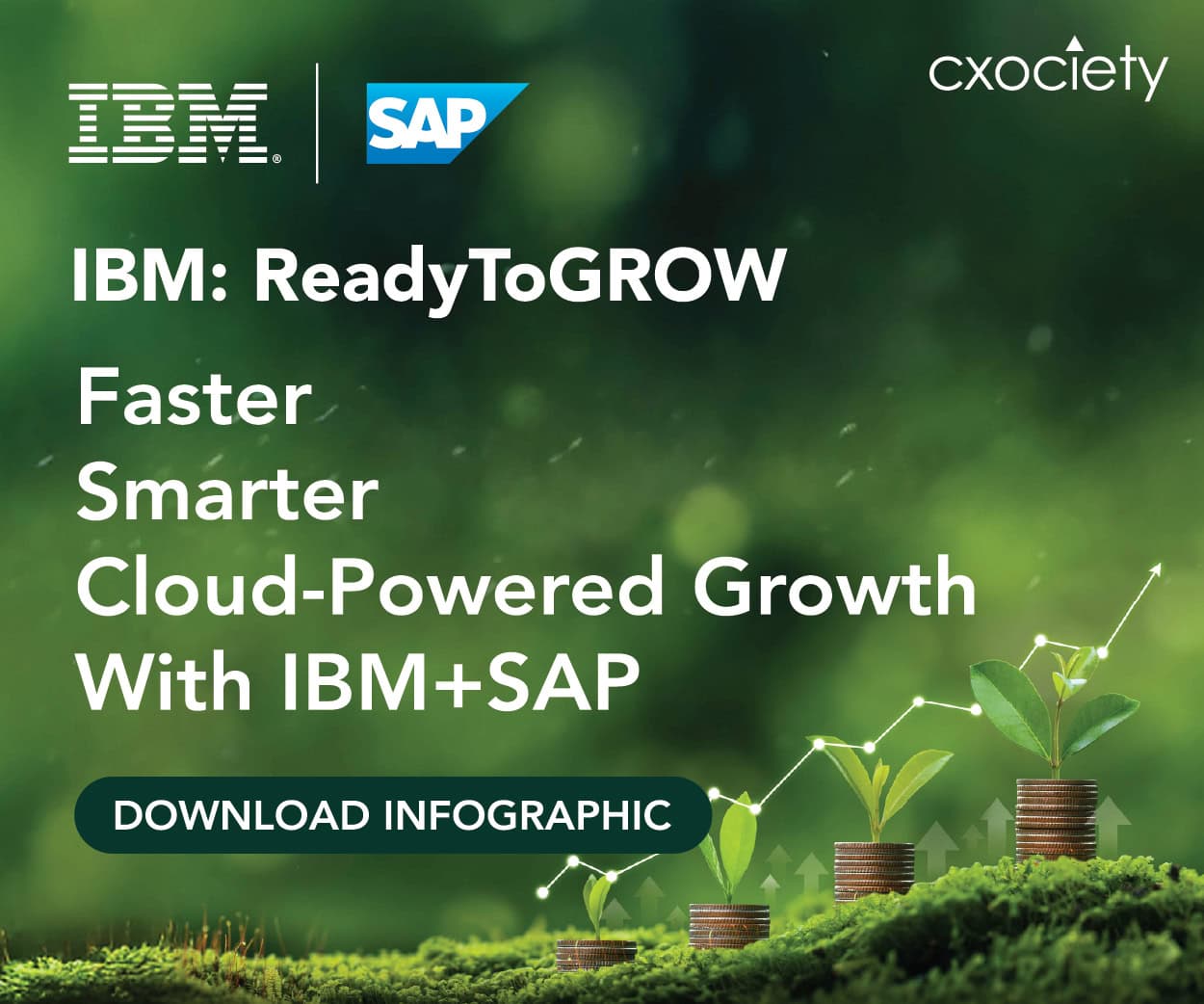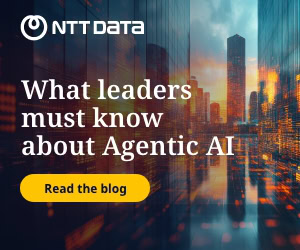Three years after the introduction of ChatGPT, the AI landscape in Asia Pacific (APAC) is characterised by a critical tension: intense AI adoption ambitions clash with fragmented, siloed data ecosystems and infrastructure constraints.
According to recent 2025 insights, 79% of firms globally report inadequate GPU capacity for AI workloads, signalling that hardware is only part of the challenge; the more pressing issue lies in data integration and governance across diverse and often unconnected systems.
Ben Canning, chief product officer at Alteryx, emphasises this disconnect between AI aspiration and operational data realities. He argues that foundational data integration must be prioritised over chasing the latest AI algorithms or models to unlock sustainable AI value in APAC enterprises.
Canning highlights that while the first wave of AI adoption rode the hype of generative AI tools, the second wave is about embedding AI into everyday workflows — a goal impossible without clean, well-integrated data.
State of AI adoption in Asia in 2025
Canning describes the current phase as a "second wave" of AI adoption, where organisations move beyond experimentation to delivering measurable value. However, many face challenges due to fragmented, unstructured, and siloed data that undermines AI system reliability and user trust.
This fragmentation is particularly acute in the APAC region, where regulatory diversity and legacy infrastructure complicate data integration efforts.

"The reality is that the lack of clean integrated data sets is really the thing that is holding organisations back from effective use of AI in the organisation." Ben Canning
He notes a growing awareness among CIOs and CAIOs that "garbage in, garbage out" applies more than ever. The expectation from end users is to query AI systems naturally and receive accurate, contextually relevant answers.
Without integrated data pipelines that ensure data cleanliness and compliance, these expectations are unmet, leading to user frustration and stalled AI adoption.
Governmental and regulatory frameworks in Asia
Several APAC governments have recognised the importance of data integration and AI governance to foster innovation while managing risks:
- Singapore's Model AI Governance Framework (2024 update) emphasises accountability, transparency, and data quality standards to foster responsible AI adoption. It encourages organisations to establish robust data management practices and integrate compliance checks early in AI workflows, enabling the development of scalable, trustworthy AI solutions.
- Hong Kong's 2024 AI Ethics Guidelines focus on data privacy, cross-border data flow controls, and intellectual property protections, creating a legal environment that supports innovation while safeguarding citizen rights.
- Malaysia's National AI Framework (2024) promotes public-private collaboration to build AI ecosystems with strong data governance and workforce upskilling initiatives.
- Australia's AI Ethics Principles (2024) underscore transparency, fairness, and data governance, with regulators working to harmonise compliance across sectors.
Canning stresses that regulatory clarity is crucial for enterprises to integrate data and deploy AI at scale confidently.
"Establishing regulatory frameworks with industry so that we understand what is permissible... It's incumbent upon regulators to provide clarity and a framework in which industry can adopt this technology and feel confident that they're not going to get in trouble later on down the road." Ben Canning
He advocates for technology solutions that embed regional compliance rules into data pipelines, allowing organisations to generate AI-ready datasets tailored to local regulations without excessive manual intervention.
Aligning C-suite leadership on AI and data integration
A recurring theme in Canning's commentary is the misalignment within the C-suite. CEOs often push for rapid AI adoption, promising performance gains, while legal and security officers impose strict data controls due to concerns about privacy and data leakage. Bridging this gap requires:
- Proactive compliance frameworks that validate and sanitise data before AI consumption.
- Collaborative governance models involving CIOs, CDOs, CAIOs, InfoSec, and legal teams to build trust in AI outputs.
- Embedding AI capabilities directly into existing workflows to drive end-user adoption and sustained ROI.
Canning advises leaders not to be paralysed by the complexity or rapid pace of AI evolution but to focus on incremental improvements in data integration and compliance as foundational steps to successful AI deployment.
Key recommendations for CIOs and CAIOs in Asia
- Prioritise data integration over chasing AI model hype. Clean, compliant, and integrated data is the prerequisite for AI success.
- Leverage technology platforms that enable flexible, region-specific data pipelines with built-in governance controls.
- Foster cross-functional collaboration within the C-suite to align AI vision with data realities and regulatory requirements.
- Invest in workforce skills to use AI tools effectively and responsibly.
- Engage with government and industry partnerships to stay abreast of evolving AI regulations and ecosystem developments.
Canning posits that enterprises that invest in robust data integration platforms and governance frameworks achieve 2-3x faster AI deployment and higher user adoption rates.
Click on the link to listen to the PodChats to hear more of what Canning has to share on the challenges CIOs and their organisations face as they pursue successful AI adoption.
- Briefly, provide an update on the state of AI adoption in Asia as of 2025. What has worked and what has not worked?
- What is the understanding of CIOs and CAIOs/Chief Data Officers when it comes to the relationship between data and AI? What about the rest of the C-suite leadership?
- What makes APAC's data-AI gap distinct from global counterparts, and how can it be bridged?
- What metrics have proven the ROI of data integration in accelerating AI deployment?
- How do regulatory variances across Asian economies impact integrated data strategies for AI?
- How can APAC leaders better align their executive AI vision with legacy data infrastructure constraints?
- Our topic is data integration as an enabler of successful AI adoption, given AI adoption trends, data sprawl, AI sprawl, and governance issues. What guidance do you offer CIOs and CAIOs to ensure organisations can achieve better data integration when it comes to AI adoption?





